How to Get Rid of Wasps, Hornets and Yellow Jackets
Reading time: 8 minutesHow to Get Rid of Wasps, Hornets and Yellow Jackets
As summer nears its end, you often notice an increase in the number of wasps and hornets interrupting your outdoor fun. They’re active sometime in April and at their peak all through September. If you find them in your backyard or garden, there’s a high chance there’s a nest nearby. At the peak of summer, these nests can house over 1,000 wasps.
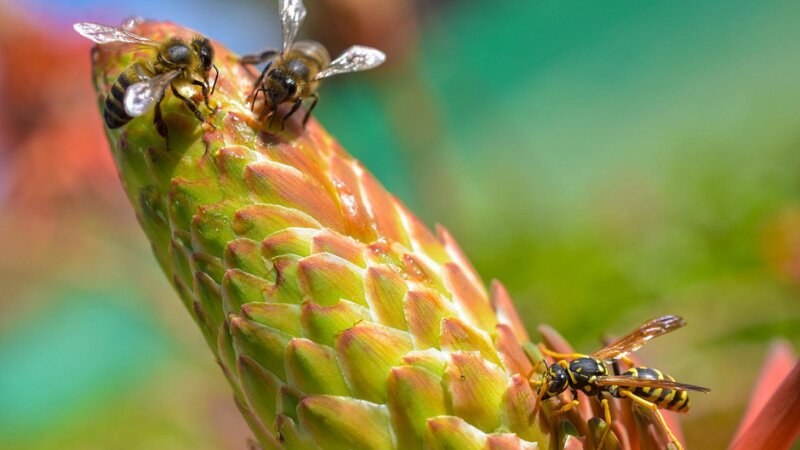
A Little About Wasp Behaviour
When their colonies reach peak populations, wasps become more hostile to threats and more competitive for food. As an important and beneficial part of our ecosystem, wasps and hornets are voracious hunters and eat millions of other pesky insects yearly. They’re also pollinators, helping bees keep our world green.
The problem arises when their populations increase rapidly, or they build their nests too close to human activity. They can become a dangerous nuisance that demands wasp and hornet control measures.
Majorly attracted to the sugar in foods, beverages, fruit juice, and savoury meats, they’re not picky about where their food comes from. Whether it’s from a juicy caterpillar or your succulent steak, flower nectar, or sugary soda, these uninvited guests would draw colonies to your food if needed. They’re also very comfortable building their nests near or even inside human structures.
When threatened, they can sting multiple times because their stingers do not have barbs as a bee stinger does. In North America, yellowjacket wasps are responsible for about 70 percent of the stings to humans. Still, only about 5% of people will have an allergic reaction ranging from swelling and hives to anaphylactic shock.
Key Tactics for Effective Pest Control Against Wasps, Hornets, and Yellow Jackets
Back to some good news: There are several simple DIY things you can do to keep the sting away.
Sanitise and Cover
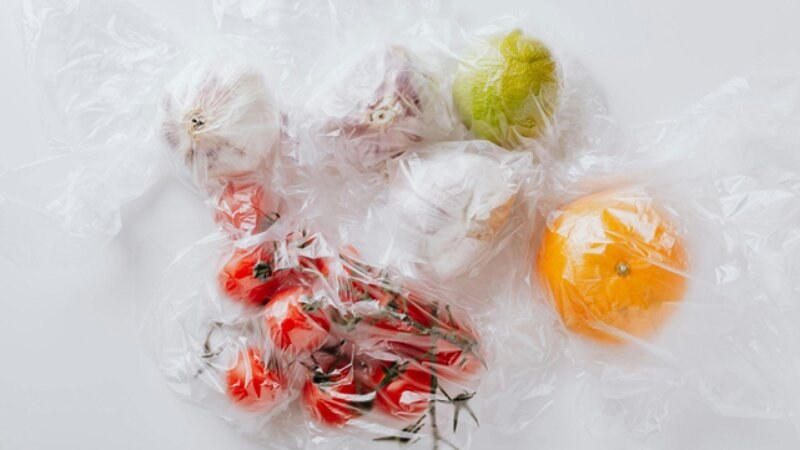
Keep food sources covered or in containers until you’re ready to eat them. Once you’re done with your meal, make sure scraps are not left behind and food waste is put in a bin or trash can with an air-tight lid to keep curious wasps away.
Sodas and beer are other favourites for wasps. If possible, avoid drinking out of open containers that you can't see through, like cans. Setting down your can of soda for a few moments could result in an unwanted guest crawling into it. Using bottles with lids or glasses is a much safer option. Ensure your empty cans and bottles are rinsed and stored in receptacles with tight-fitting lids.
Hello Zen!

This is understandably counterintuitive, but remaining calm and moving slowly when wasps and hornets are around will make you seem like less of a threat. Swatting at them or moving erratically will only make them angry and more likely to sting you.
If a wasp stings you, you should seek shelter inside as quickly as possible before starting first aid. When wasps sting, they release a pheromone that makes other wasps in the area come and sting you as well. If you leave them alone and make sure to stay completely still while they’re checking you out, they will usually leave you alone.
Wear Light-Coloured Clothing

When it comes to clothing colour, the paler and lighter, the better. Bright colours attract stinging insects and cause them to come near you. Avoid dark colours, which can often make wasps and other stinging insects aggressive, so avoid these at all costs.
Embrace Your Natural Odour - Avoid Perfumes

If you wear sweet or floral perfumes, you risk attracting all kinds of stinging insects looking for food. The best thing you can do is bathe regularly and avoid any strong-smelling perfumes or lotions if you plan to spend extended periods outside.
Hang Baited Wasp Trap
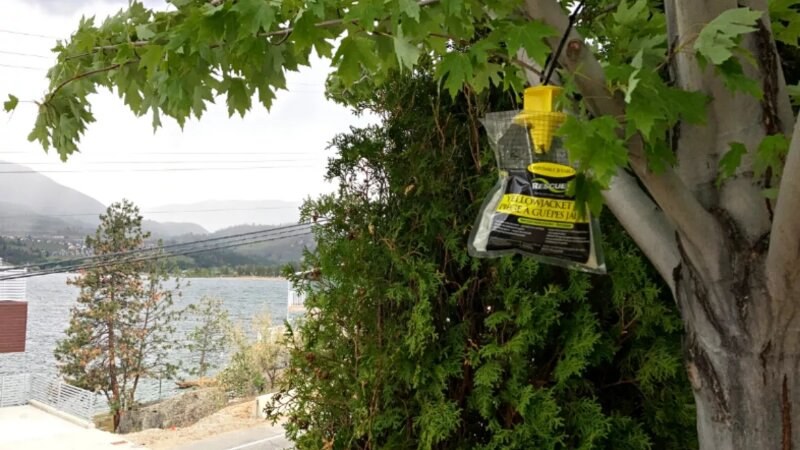
There’s a great selection of wasp and hornet traps in the market that can be hung in your yard to bring the numbers down. Baits will either come with a mix or can be filled with a sweet liquid like pop or a water and sugar mix. You can also add bits of protein if you like because wasps LOVE meat.
Placement is key. You don't want to hang your baited trap anywhere near areas where you want to spend time. Ideally, place the traps about 20 ft. from known wasp nests so that the wasps can locate the trap.
Nest Removals
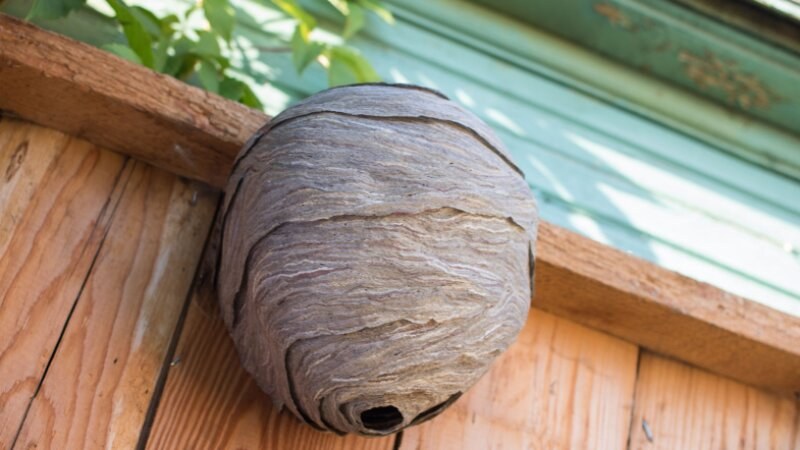
Wasp and hornet nests can be found in holes in the ground, on tree branches, under leaves, door frames, deck joists, porch ceilings or other structures, and occasionally built right inside your attic or crevices in your home. It’s important to inspect your yard in the spring when wasp colonies are still developing before they multiply into large numbers and potentially cause an infestation.
Keep in mind, even with all the proper precautions (wearing protective clothing with long sleeves and long pants), you still run the risk of being stung while removing wasp nests yourself.
Use of Pesticide

Using an insecticide foam can often do the trick, exterminating the colony. Insecticidal dusts can also be used, but don't stick to the sides of the nest and blow away easily in the wind. Carefully read the directions of any insecticidal products before use. Follow all label directions and warnings.
Also make sure you’re choosing the right insecticide product for the right pest. Health Canada recommends looking for a Pest Control Products (PCP) number on the label to make sure the product has been approved and isn’t toxic.
Plan your pesticide treatment late in the evening or early in the morning when wasps and hornets are less active and aggressive.
Stay Prepared

Prepare a first aid kit and stay equipped in case of any emergencies caused by wasp stings. The first aid box should include things such as cold packs, bandages, calamine lotion, ibuprofen, and antihistamines. Most wasp stings can be dealt with at home with proper first aid and some over-the-counter medication for pain and swelling.
If you have ever had an anaphylactic episode with a wasp sting before, it’s important that you talk to your doctor about getting an EpiPen.
An EpiPen can be the difference between life and death when it comes to fatal reactions. Allergic reactions can be fatal, so don’t take chances. If you’re having a reaction, use the EpiPen and call 911!
How to Differentiate Wasps, Hornets and Yellow Jackets?
Wasps
Although hornets and yellow jackets fall under the category of wasps, the term 'wasps' typically refers specifically to paper wasps. Recognized by their long legs and slender bodies, paper wasps are about ¾ inch long and can be dark brown, yellow, black and yellow, and even reddish brown.
You can identify their nests by their unique and exposed hexagonal combs. Paper wasps' nests are found above ground in exposed areas and are upside-down dome structures made from paper-like material.
Hornets
Hornets are large insects, usually between 1 and 1.5 inches long. They can be brown, reddish-brown, or even black and yellow. They prefer to build their nests in cavities between rotting tree stumps and buildings, tree tops, eaves of homes, and even underground burrows. If above ground, their nests are usually tear-shaped, and you may find them in the attic, garage, or any other lesser-used spaces.
Yellow Jackets
About ½ inch long, yellow jackets are small, aggressive insects with black and yellow bodies. Skinner than bees, these social wasps have a caste system and live in colonies. Their nests can be found both above and below the ground. If you’re finding a yellow hornet nest, look carefully in wooden piles, abandoned burrows, underground holes, tree cavities, vents, shutters, and underground holes.
Often considered scavengers for eating other insects, yellow jackets are most attracted to your food items consisting of sugar and meat and are often the key culprits of crashing your parties.

Frequently Asked Questions (FAQs) About Wasp and Hornet Pest Control
What's the best way to identify a wasp, hornet, or yellow jacket infestation?
Observe their behaviour around food sources. If they’re aggressive around food, look for their nest on nearby trees, decks, and eaves.
Are wasps, hornets, and yellow jackets dangerous?
Yes, they can sting multiple times and cause allergic reactions. For those allergic, stings can be life-threatening.
What should I do if I find a nest on my property?
Stay away from it and keep pets and children indoors. Contact a wasp pest control professional to assess and remove the nest.
Can I remove the nest myself?
You could, but it's definitely not recommended, especially for large nests or if you're allergic to stings. Professional exterminators have the necessary equipment and expertise to remove pests effectively and safely.
What time of year are wasps most active?
Typically, they’re most active in late summer and early fall as their colonies reach their peak size. As winters draw near, they’re actively seeking for food sources to stow away.
How can I prevent wasps from nesting on my property?
Keep garbage cans tightly sealed, avoid leaving food or sweet drinks outside the house, and seal any gaps or potential entry points. You’ll also have to create a defensive barrier through insect treatment. This is a more proactive strategy for pest control.
Are there any natural methods to deter these insects?
Some people use essential oils such as peppermint or clove as a natural deterrent, but these methods may not be completely effective.
Can I use insecticides myself to kill all kinds of wasps?
It's best to leave insecticide use to professionals. Misuse can be dangerous and may only partially eliminate the problem.
What should I do if I get stung?
Wash the area with soap and water. Apply a cold compress, and take over-the-counter pain relievers. Seek medical attention if you have a severe reaction or are unsure if you're allergic.
How long does it take for a nest to be eliminated after treatment?
This can vary depending on the size of the nest and the treatment method used. Activity may take a few days to a week to cease entirely.
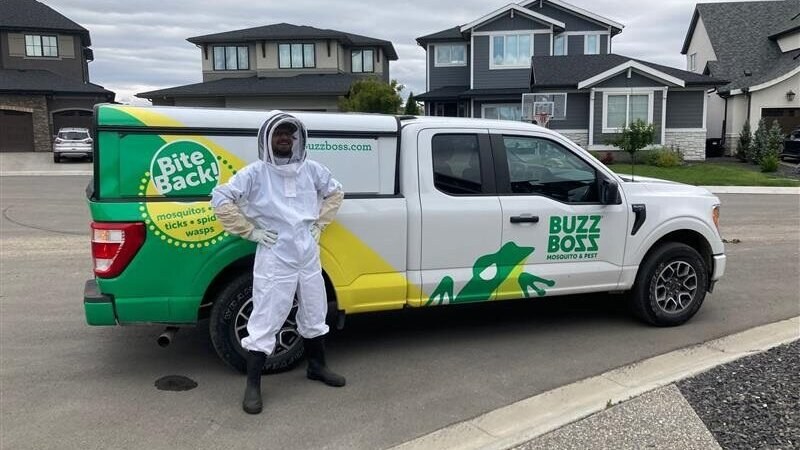
Professional Pest Control for Wasps & Hornets
Wasp control can easily go wrong. Buzz Boss has your back here, so you don’t risk a sting!
Our team of experts has the knowledge and experience necessary to quickly and efficiently resolve your wasp issue. Whether you’re dealing with bald-faced hornets or yellow jackets, our WaspShield and BuzzShield® Insect will keep you protected and your property bug-free.
Need emergency wasp pest control and nest removal? No problem. Our BuzzAttack™ Wasp is designed for just that!
Schedule an appointment if you’re in Edmonton, Calgary, Red Deer, Winnipeg, Regina, Saskatoon, or Okanagan. We look forward to hearing from you soon!

